A Love Letter to Tokyo
We step out of the train that closes its doors with soft music from the speakers in the underground station before it rattles away. The air tastes like ocean and fresh fish, even down here, even though we still have a bit of a way to go before we enter the Tsukiji Fish Market.
And it tickles me awake. It’s early in the morning. Not too early, but early enough, and with all the jet lag in my blood it just feels like an odd hour and a dream-like place. The whole thing feels odd, if I’m completely honest with myself. Surreal. I’m in Tokyo. I truly am. And I still can’t really fully grasp my luck.
The city has welcomed us at one of the most busy train stations of the world only the afternoon before. Shinjuku is buzzing with people and life and yet, somehow, this whole place is surprisingly silent.
Silence is probably the most perfect word for our two weeks there and yet the most surprising one too. It’s a word that nobody would associate with this metropole, unless they’ve ever stepped a foot into it. No wonder. The images everyone sees on the media—photographs, videos, news reports—are filled with crowds and especially the rush hour and the masses at Shibuya Crossing seem to loom over this city like a stigma.
But once you truly are there and listen…
…you can hear each and every single footstep. No clacking heels, mind. Actual, soft footsteps of hundreds of people. The streets are full and busy with traffic, yet appear to be calm. People don’t talk much over here in public and if they do, they do it almost with a hushed voice. They use the trains to go to places and in there they are quiet too. Calm. For the first two days it feels a bit like sleepwalking, until you notice all the little details about it. People look more solemn in the morning than in the afternoon—sleepy eyes fixed on their phone screens or closed for a bit more rest before work. If people are in company they talk quietly, politely respecting that others are on their way to work or other places as well and might not want to be disturbed in their thoughts or routine.
Rush hour—yes, we would end up doing that too one day—is indeed rushed. But it is fascinatingly ordered and quiet too. Almost relaxed even. Pushing exists only in a matter of “we need more people on this train” as opposed to “go out of my way”. A small difference, but such a significant one too that will smack you right in the face as soon as you step out of the airport back at home.
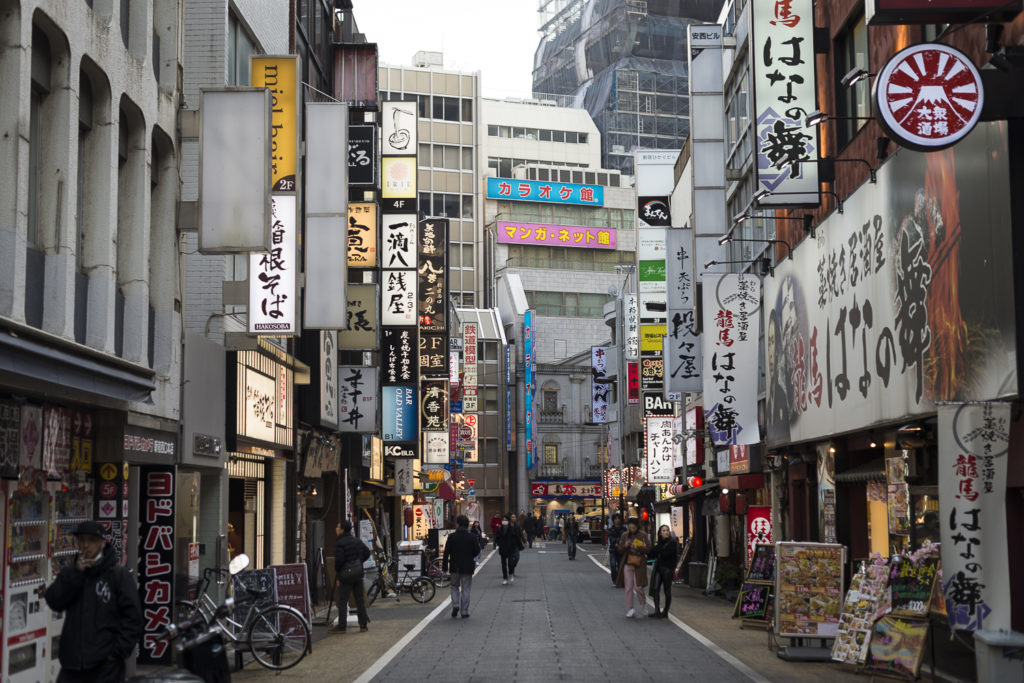
The whole city—the whole country—feels polite like this. People try to understand you, to help you, to make the day less troublesome for you. They seem to notice instantly that you are not only not Japanese but maybe even still so unaccustomed to this place that you might need assistance. At the konbini (convenience store) when you can’t decide between a whole range of choices of bottled tea or food: “Do you need help? This one has sugar in it.” / “I recommend this one more, the tea is much higher quality.” / “Do you like fish? Then you should try the tuna onigiri (a shy smile and polite, litte bow), they are my favourite.” At the train station: “Where do you want to go?” At the ramen bar: “Do you know already how to use the ordering machines?” Mostly even in perfect English. And if not…well, we’ve all got hands and feet and smiles.
We’re not even here for a total of 24 hours and such kind attention makes us feel coddled already. And now we are here, at Tokyo’s most famous fish market, and ready to dive into the vastness of the Japanese cuisine. The auction is already over but in the first place we’re here to see all the interesting food stands anyway. And for a moment, all we can do is stand and look.
The first shop we see sells onigiri and we almost, almost, regret already being stuffed with some (yes, tuna and yes, they are my favourite too). The almost-regret only lasts until we see even more fish and are distracted by the mere looks of it. Beautiful, fresh (of course) and stuff we’ve never seen before. Fresh sea urchins. So many different kinds of roe. So many different kinds of shellfish, mussels…so many different kinds of tuna alone. Seaweed everywhere. Dried fish; little, small, or big, so many varieties of squid and octopus too. Even more tuna.
All that mixture of scents wafts into our noses and makes us almost drunk on it and dizzy with joy.
We truly are here.
The offer indeed is amazing. And since it’s just early enough in the morning we avoided the crowds that should drop in little by little until by noon the streets and little alleyways will be full and stuffed and the shops entice with their freshly grilled skewers and more. It’s a bit like having fallen into Food Wonderland and not knowing what to taste first.
And in the middle of all the fish and sushi bars and sashimi places we settle on some sweets for starters: An Ichigo Daifuku, a strawberry mochi with anko (red bean paste) filling. The strawberry is juicy and delicate and goes just perfectly with the filling and the softness of the mochi itself. It’s as big as a golf ball perhaps and after handing it back and forth for a few times all that’s left from it are starch dusted noses, lips, and cheeks. And two wide beams.
It would be an understatement to say “we grinned a lot” for the rest of our trip. I for my part had a beam plastered to my face that was so strong and unwavering, that after only two days of vacation my lips cracked and were so sore for the rest of our trip that the burning was horrendous.
The Tsukiji fish market only was the beginning of our wonderful journey and if you’d ask me about my favourite part of it, I wouldn’t even know where to start.
There’s the mere atmosphere of Tokyo. It’s vibrating culture on the one hand. All it’s people, all it’s influences, all it’s tradition. All the skyscrapers that don’t even once give you a feeling of being restricted, but leave you staring at them every day with impressed awe. You can’t help admiring their grace and their restrained colours that in spring are accompanied by the hesitant pink of Sakura and make your heart sing because you can’t even decide whether to look at the blossoms or the skyline. It fits in here, in between residential areas with small houses and prettily arranged entrances that make them appear to be bigger when you stand in front of them. Little shrines hidden everywhere in little nooks, back alleys or big shrines on the middle of a square surrounded by stores or hotels. Shops with blurting advertisements and two steps around the corner the most quiet, little street you can think of.
It’s a place of contrasts wherever you look and maybe that’s the thing that did it for me to fall even more in love with this place than I’d ever thought to be possible. And that’s not even counting in all the amazing food.
We are back home now. And it feels strange.
I will write a food guide for this city, as well as a general guide for Japan, and take you on a trip to Kyoto too. For now just let it be said that I already miss this place so much as if a crucial part has been ripped off my heart.
A new rice cooker is on its way to us since the old one doesn’t keep up with our expectations anymore by lengths. Carbs and dairy feel astonishingly heavy and uncomfortable after (almost) twenty days of rice and fish and tea. My usually ritualistic morning espresso, which I hold so dear, gives me headaches. Germany feels grey. The food tastes odd. And every day business has us back.
Hopefully we will be able to go back one day. And until then we will dream and treasure our memories.

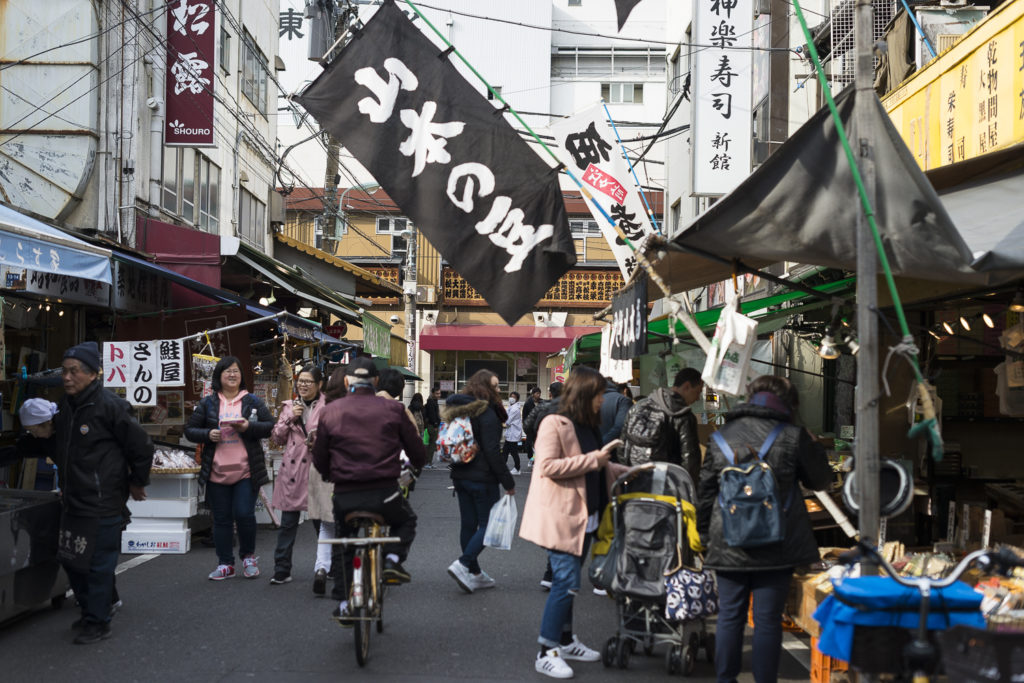
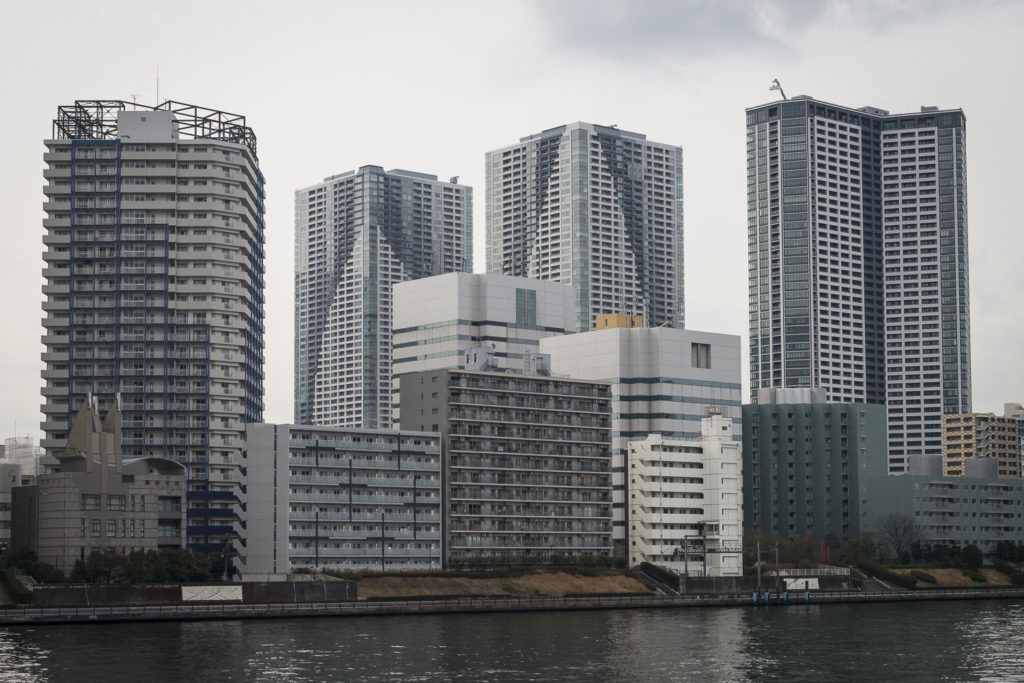


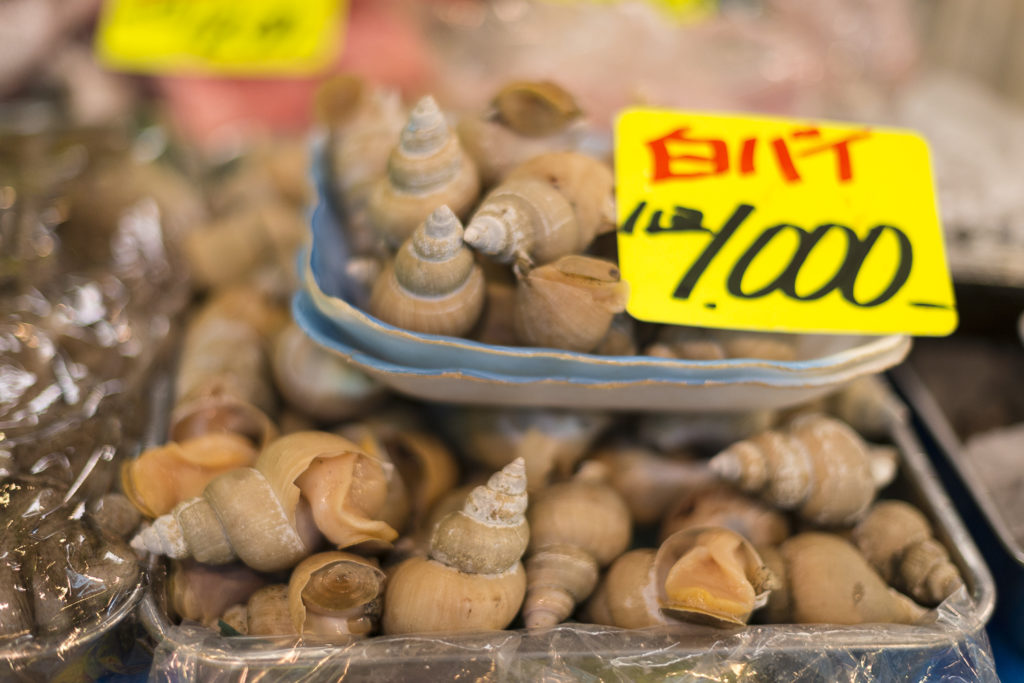
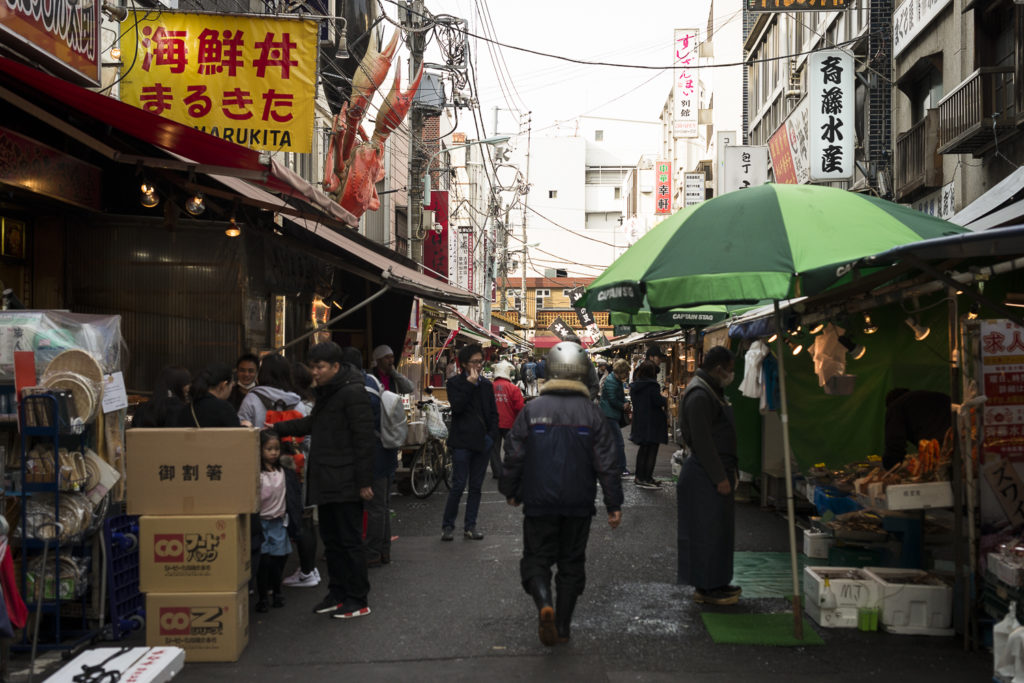
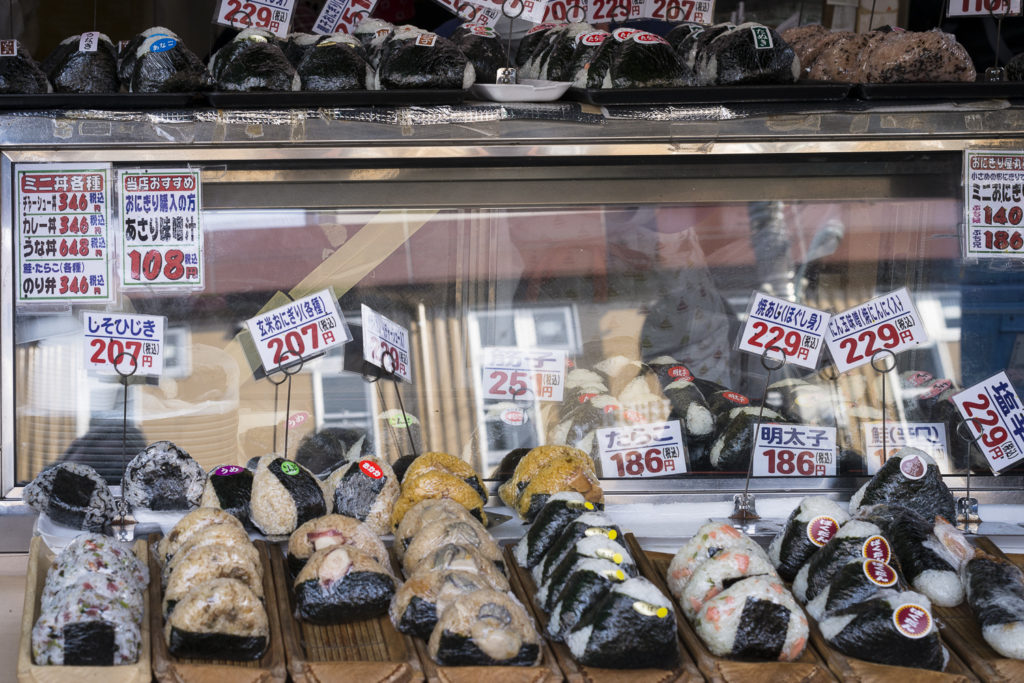
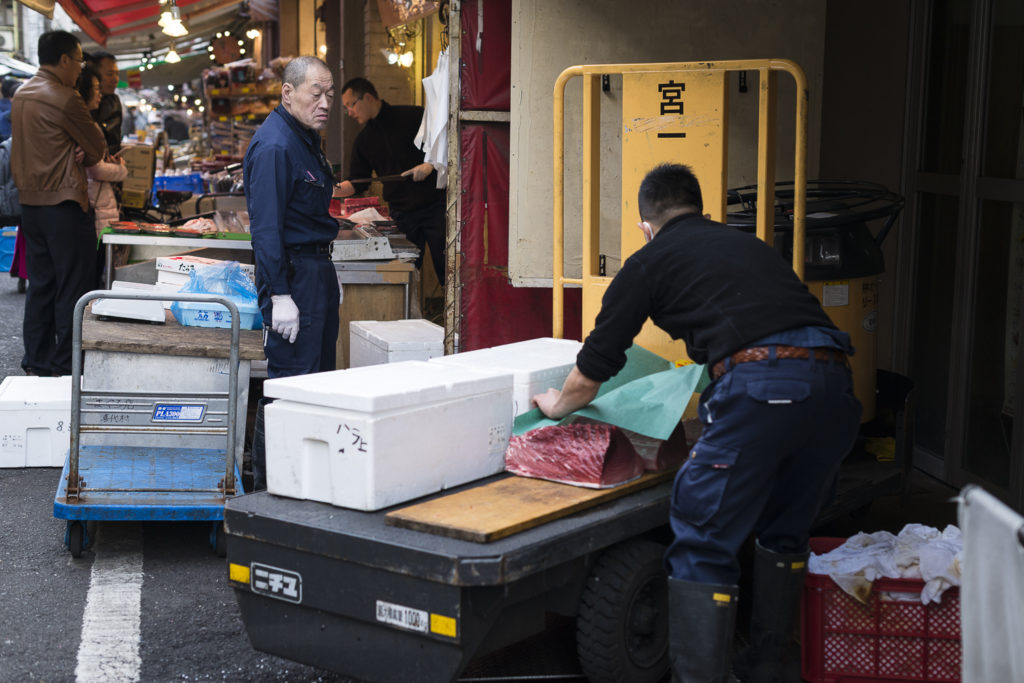
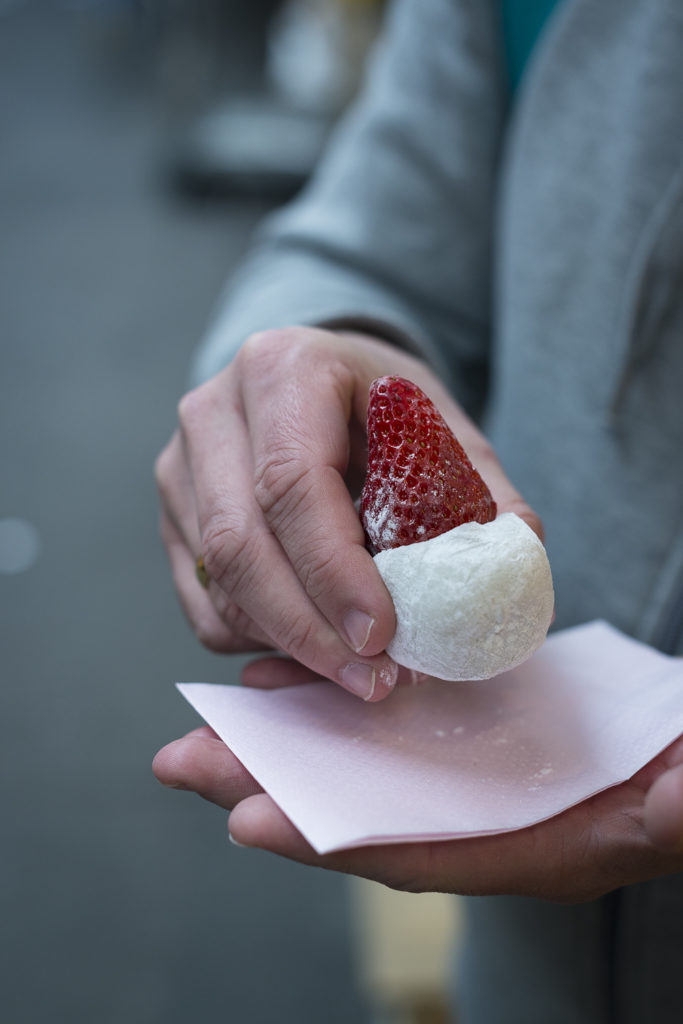

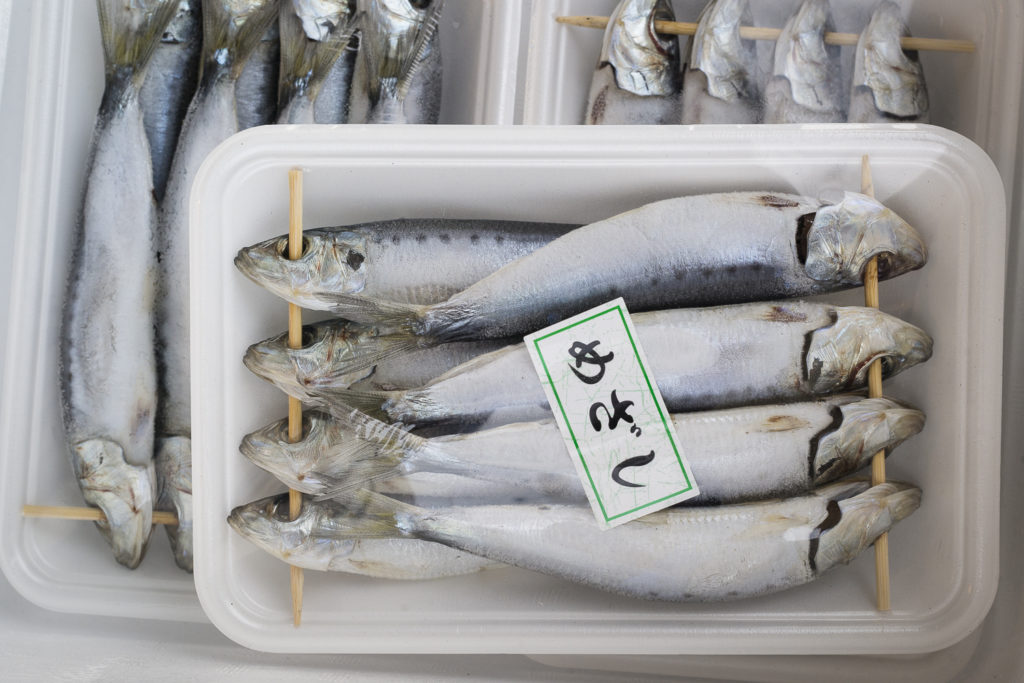
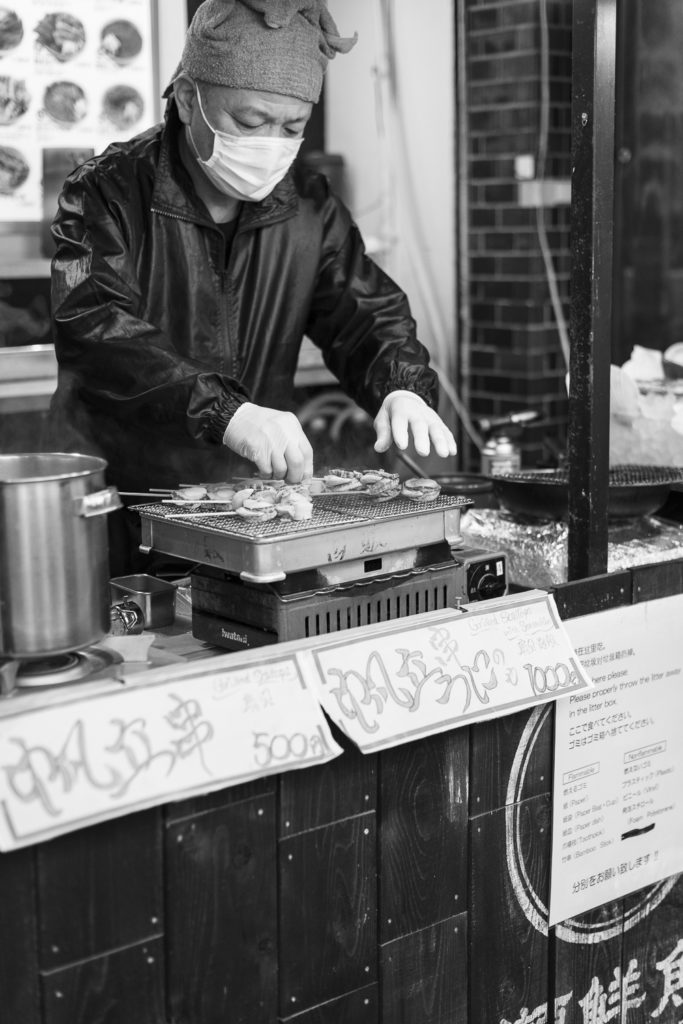
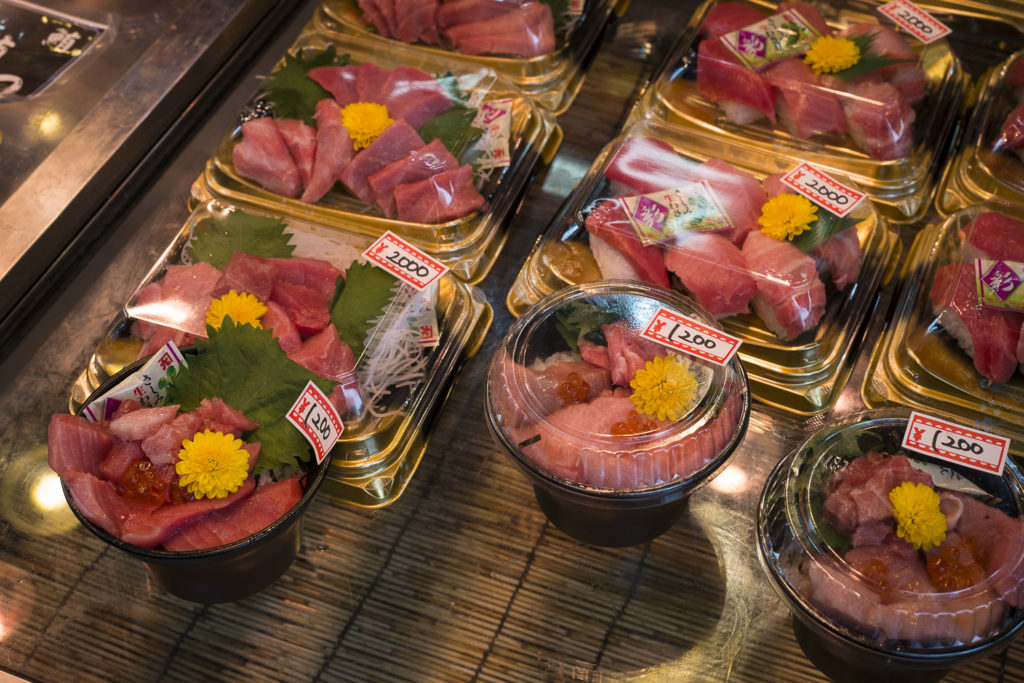
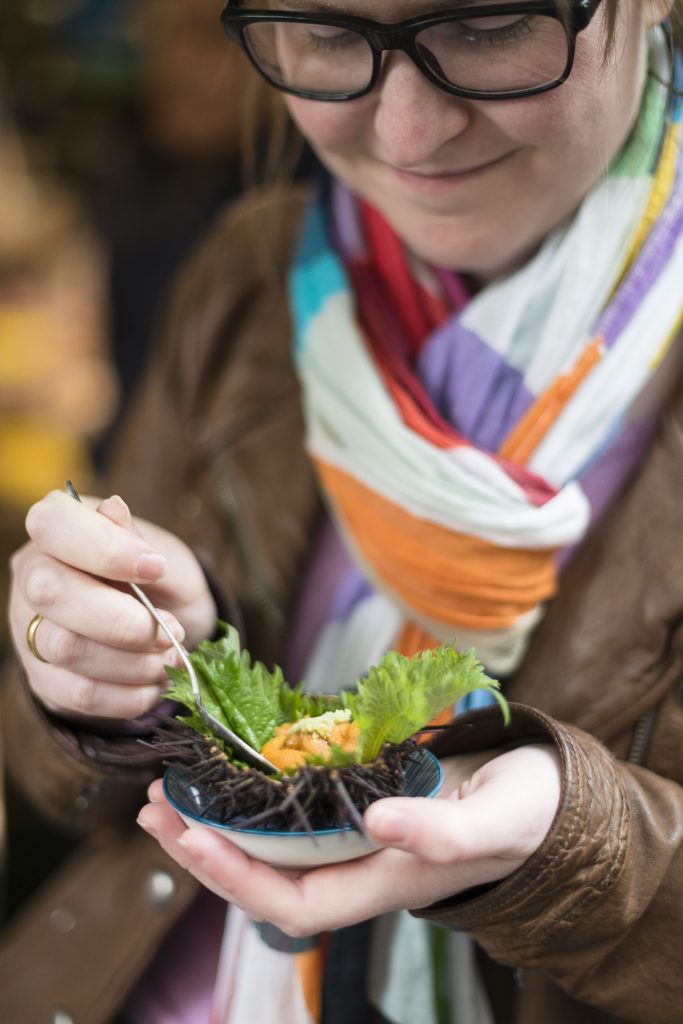





[…] Next post 23. April 2017 […]